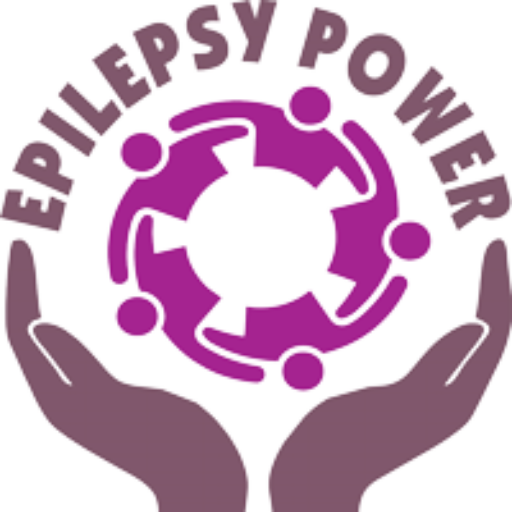- Introduction
- Section 1: Understanding Social Communication
- Section 2: Recognizing Barriers to Effective Communication
- Section 3: Active Listening Skills
- Section 4: Non-Verbal Communication
- Section 5: Emotional Intelligence
- Section 6: Overcoming Communication Anxiety
- Section 7: Effective Conflict Resolution
- Section 8: Building Social Skills in Specific Contexts
- Conclusion
- Quiz
Content:
This section focuses on identifying common barriers to effective communication and understanding how they can hinder understanding and connection. You will learn about physical, psychological, and cultural barriers, as well as strategies to overcome them and promote better communication.
Tasks:
Analyze a case study involving communication barriers and propose strategies to overcome them.
Engage in a role-play activity where you encounter and navigate a communication barrier.
Effective communication can be impeded by various barriers that hinder the smooth exchange of information and understanding between individuals. It is important to recognize and understand these barriers in order to overcome them and improve the quality of communication.
One common barrier to effective communication is distraction. In today’s fast-paced world, distractions such as noise, competing priorities, and technological interruptions can divert attention and prevent individuals from fully engaging in the communication process. For example, trying to hold a conversation in a noisy environment can make it difficult to hear and understand the message being conveyed.
Biases also pose a significant barrier to effective communication. Biases are preconceived notions, prejudices, or stereotypes that individuals hold, often unconsciously. These biases can influence how individuals interpret and perceive information, leading to miscommunication and misunderstandings. Being aware of personal biases and actively working to challenge them can help create a more open and inclusive communication environment.
Lack of attention is another barrier that can hinder effective communication. In our increasingly multitasking-obsessed society, individuals may not give their full attention to the conversation at hand. This lack of attention can result in missed information, misinterpretation, and reduced engagement. Active listening requires focused attention and a commitment to being fully present in the communication process.
Poor listening skills also contribute to communication barriers. Many people struggle with truly listening to others, often being more focused on formulating their response or waiting for their turn to speak. Effective listening involves not only hearing the words being spoken but also paying attention to non-verbal cues, understanding the underlying emotions, and demonstrating empathy. Developing active listening skills can significantly improve communication effectiveness.
Cultural differences can create barriers to effective communication, particularly in diverse and multicultural settings. Communication styles, norms, and expectations vary across cultures, and these differences can lead to misunderstandings and misinterpretations. Being sensitive to cultural diversity, practicing cultural competence, and seeking clarification when needed can help bridge these gaps and foster effective cross-cultural communication.
Emotional states also impact communication effectiveness. Strong emotions such as anger, stress, or sadness can cloud judgment, hinder clear expression, and affect how messages are received. Emotional intelligence, which involves recognizing and managing emotions, is essential for effective communication. Being mindful of one’s emotional state and taking steps to regulate emotions can promote more constructive and productive communication interactions.
The advent of technology and social media has introduced new challenges to effective communication. While these platforms offer various opportunities for connection and information sharing, they can also create barriers. Online communication lacks the nuances of non-verbal cues and tone of voice, making it easier for messages to be misinterpreted. Additionally, the constant stream of information and notifications can lead to shorter attention spans and decreased focus during conversations.
Moreover, the asynchronous nature of digital communication can result in delays in response, leading to potential misunderstandings or misalignment of expectations. It is crucial to be mindful of the limitations of technology-mediated communication and to be proactive in clarifying messages when necessary.
In conclusion, recognizing barriers to effective communication is vital for overcoming them and enhancing the quality of interactions. Distractions, biases, lack of attention, poor listening skills, cultural differences, emotional states, and the impact of technology all pose challenges to effective communication. By raising awareness of these barriers and actively working to address them, individuals can foster more meaningful, clear, and understanding communication exchanges.
